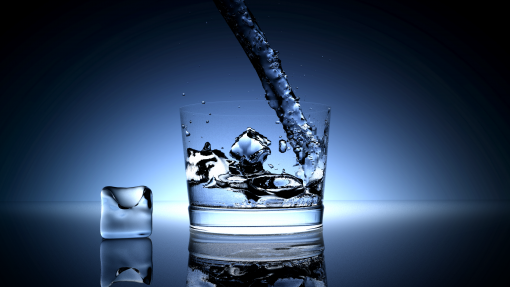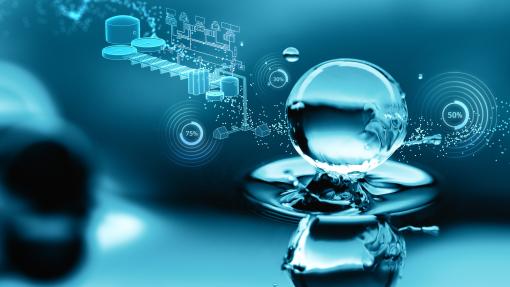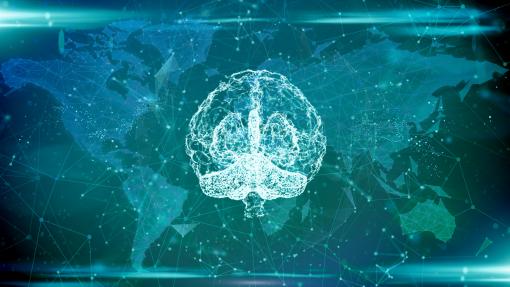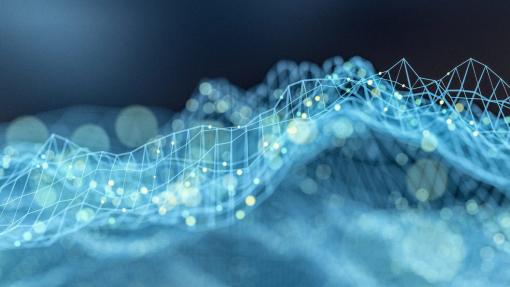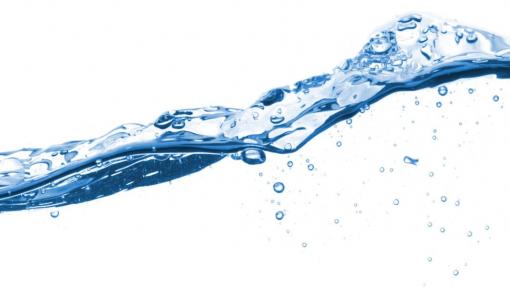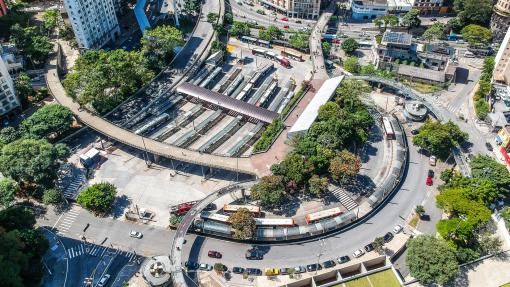In drinking water supplies systems, water from natural courses is fully treated before being supplied to a distribution system from where it will go to consumers. Water treatments consists in sequential units to eliminate pollutants and pathogens. It usually includes pretreatment; coagulation, flocculation and sedimentation; filtration and disinfection. Performance models can help in understanding and predicting treatments effectiveness, especially in stream events when abstraction water changes like during storms or droughts.
Blog
The water consumption prediction has an important place within the water economy. For example, Alicante water utility, in order to be able to distribute potable water to its residents, needs to fill its water tanks. Due to lower energy prices, Alicante water utility is refilling their water tanks over the night – every night. In order to prevent bacteria development in potable water, water needs to be consumed – or disposed (a loss). At the same time, if they run out of water during the day, water utility needs to refill the tanks with energy is in high tariff.
The NAIADES project envisions the use of digital innovations for improved water management in three pilots in Europe, Alicante (Spain), Braila (Romania) and Carouge (Switzerland). An important step in the project is the identification of needs and the subsequent definition of use cases. This task, carried out by IHE in collaboration with all the partners in the project, promoted discussions among partners and stakeholders during the first half of the project, which complemented the findings of earlier visits made to the pilots of Alicante and Braila.
Smart Water and Water Treatment applications and services is a critical aspect of the NAIADES project. Towards that direction the adoption of various AI technologies is required for the development of a novel ICT network. Recent advancements in machine learning and deep learning (two main AI technologies) rendered machines capable of performing tasks in tech industry that typically required human intelligence until now.
Project NAIADES has started to implement a future-proof and scalable solution for water utility data cyber security, data protection and long-term archiving. Guardtime KSI® Blockchain timestamping and MIDA unlock the digital trust needed for this ambitious digitization of water infrastructure as it is going cloud-native, adopting AI, and moving to automated machine-to-machine processes.
Nowadays, the water sector is modernizing into a more open, transparent and consolidated value chain that involves all relevant stakeholders (water industries, water authorities, scientific community and also, citizens). Based on this concept, the water sector is seeking to reduce the internal and external fragmentation caused by the adoption and usage of restricted standards (vendor lock-in).
In the state of Geneva, the city of Carouge is seen as the smart city pioneer.
Carouge is recognized as "la Cité de l’énergie" due to its efforts to wisely use energy resources and following sustainable actions for the environment.
Now the city takes action for tackling one more milestone vis-à-vis UN's sustainable development goals: water resources.
Today, we are looking into a world where Smart Cities are becoming more common in the public discussion. They can provide several benefits for its citizens, such as intelligent mobility systems or energy grids or simple things like the digitalization for the application of a new car licence and so on. In the NAIADES project we are trying to provide these benefits to an unseen, but essential infrastructure: the local water infrastructure with all its pipelines, pumps and uses such as flowerbeds, drinking water, etc.
